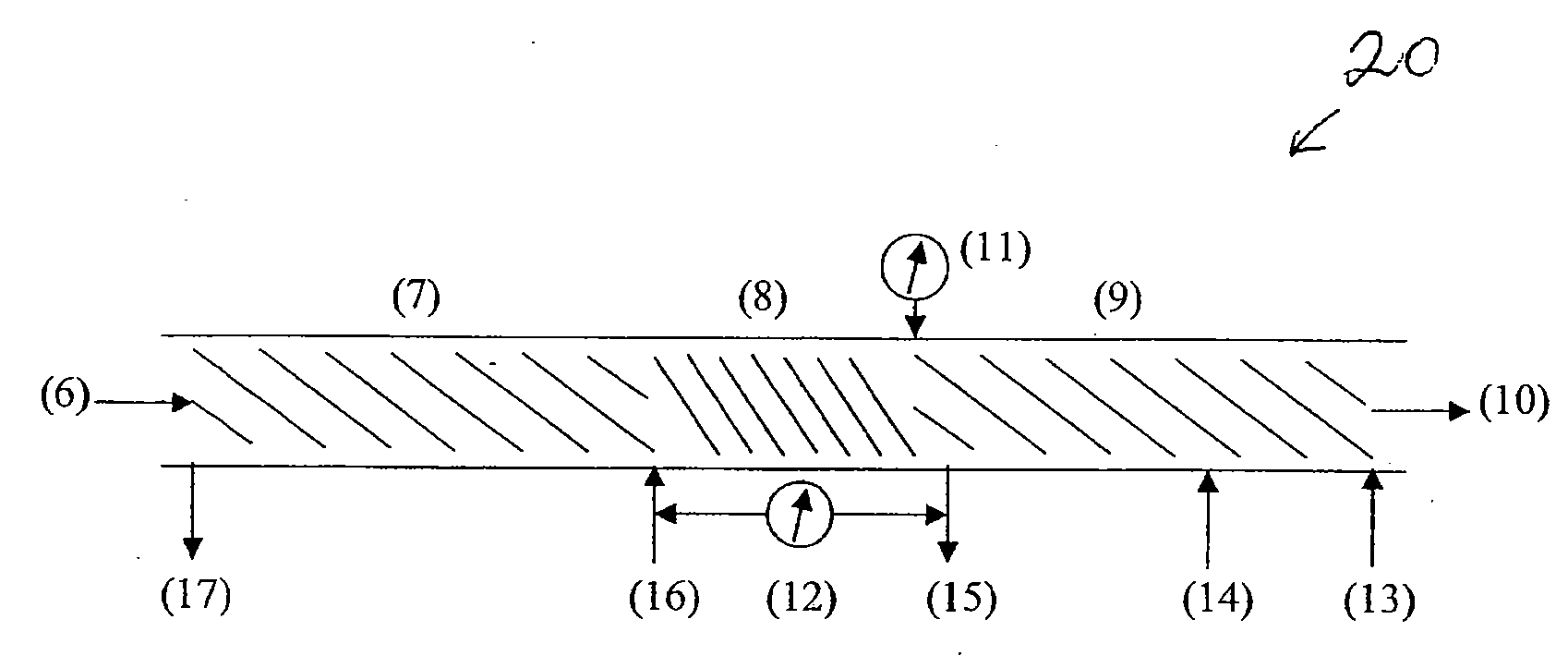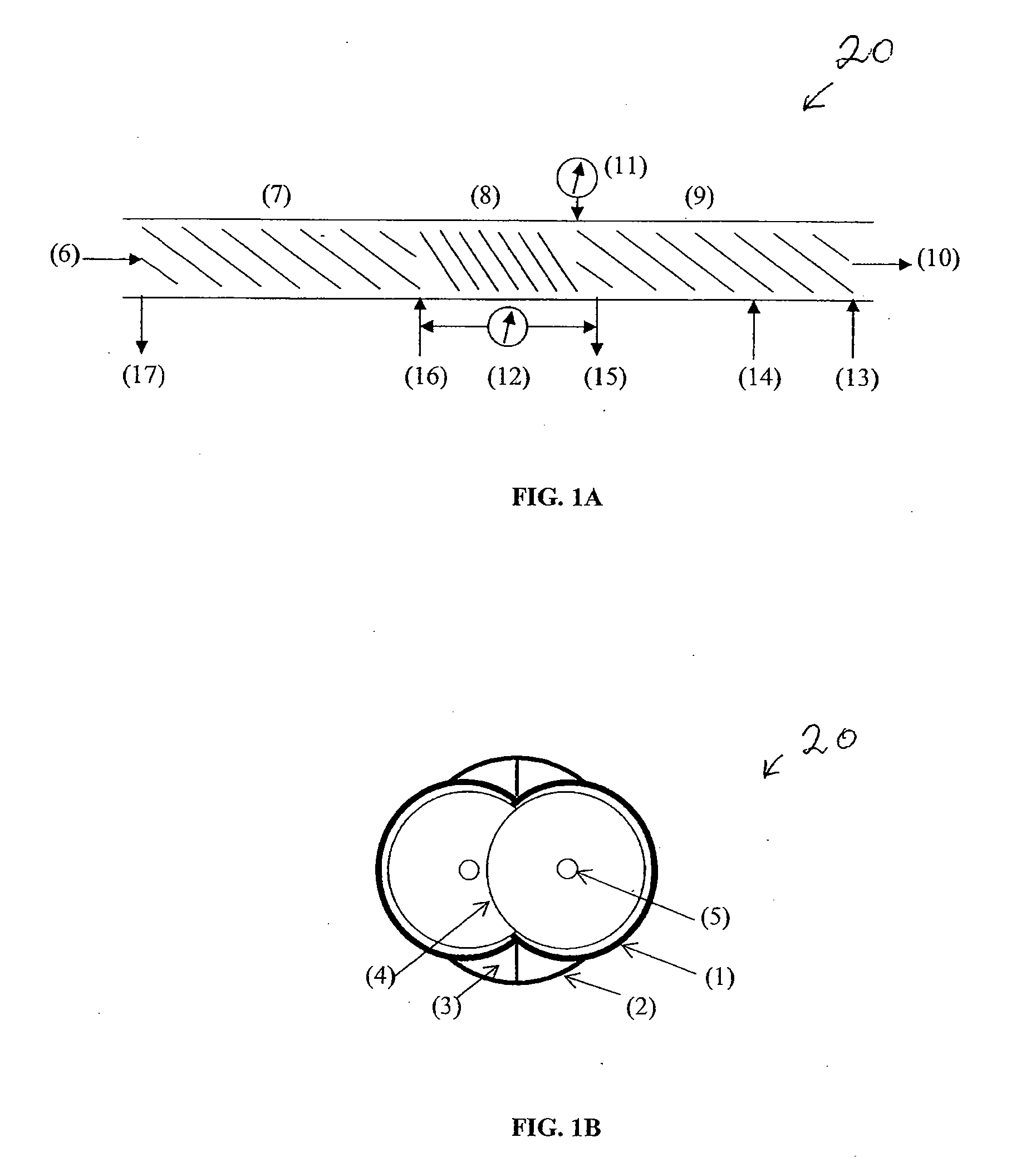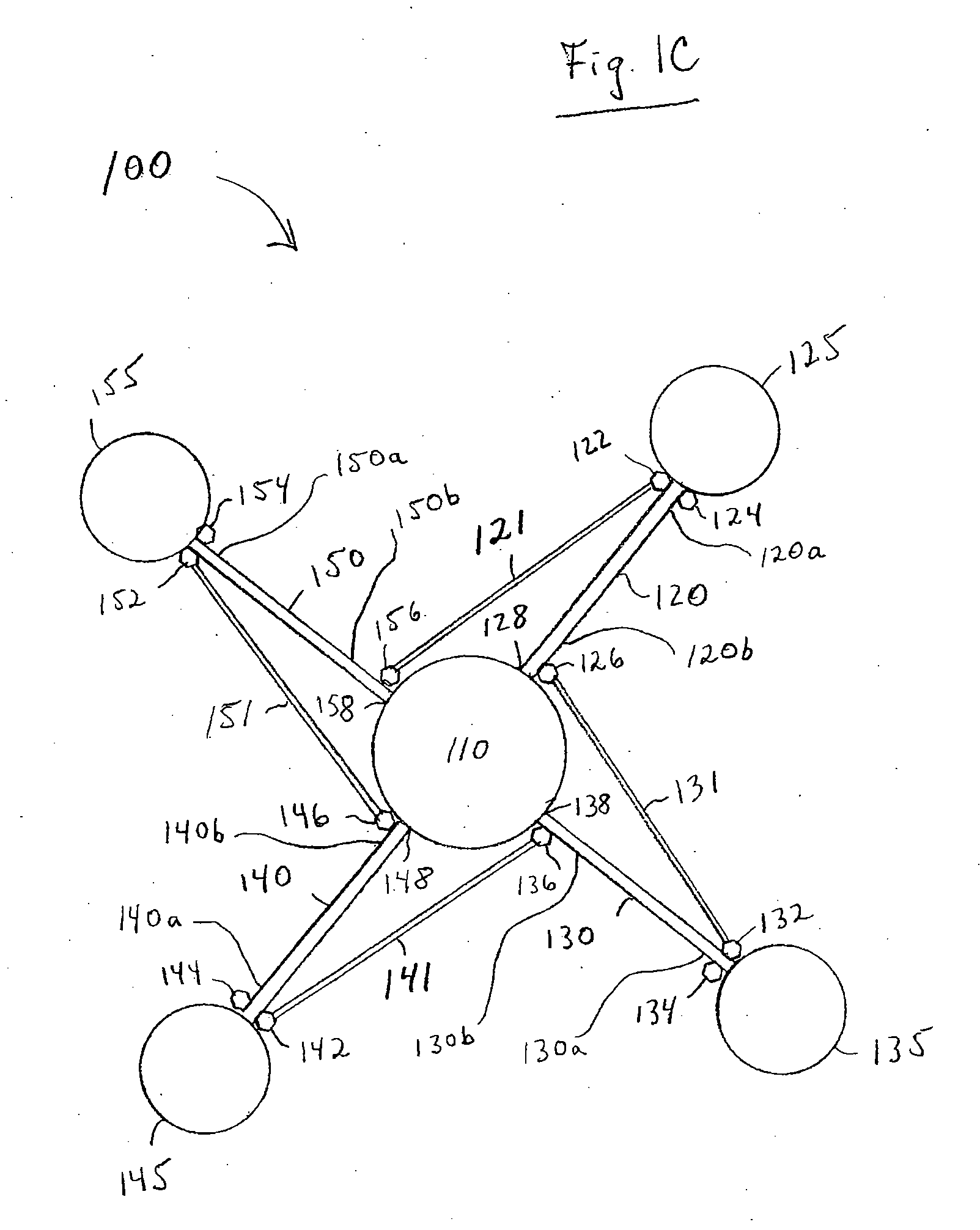Moving bed biomass fractionation system and method
a biomass fractionation and moving bed technology, applied in the direction of continuous pulping process, papermaking, digesters, etc., can solve the problems of inability of cattle to digest wood with high lignin content, degradation of carbohydrates, loss of fiber strength, etc., to reduce processing time, increase product yield, and reduce the effect of temperature and pressur
- Summary
- Abstract
- Description
- Claims
- Application Information
AI Technical Summary
Benefits of technology
Problems solved by technology
Method used
Image
Examples
Embodiment Construction
[0044]Systems and methods for processing lignocellulosic feedstocks are described. The feedstocks may be processed to separate cellulose fibers from other constituents of a lignocellulosic biomass, such as found in trees, grasses, shrubs, agricultural waste, and waste paper. The separated cellulose fibers may be used as a component in the manufacture of paper, plastics, ethanol, and a variety of other materials and chemicals.
[0045]Counter-flow operation provides for the efficient use of processing reagents. Processed solids encounter fresh reagents just before discharge, while the fresh and reactive feedstock first meets with nearly exhausted liquid reagent about to be discharged. Advantageously, countercurrent flow can establish a non-equilibrium steady state in which the reacting liquids and solids experience different histories. In combination with temperature gradients, this permits manipulation of reaction rates for competing chemical interactions to improve yields by minimizin...
PUM
| Property | Measurement | Unit |
|---|---|---|
| temperature | aaaaa | aaaaa |
| residence time | aaaaa | aaaaa |
| temperature | aaaaa | aaaaa |
Abstract
Description
Claims
Application Information
 Login to View More
Login to View More - R&D
- Intellectual Property
- Life Sciences
- Materials
- Tech Scout
- Unparalleled Data Quality
- Higher Quality Content
- 60% Fewer Hallucinations
Browse by: Latest US Patents, China's latest patents, Technical Efficacy Thesaurus, Application Domain, Technology Topic, Popular Technical Reports.
© 2025 PatSnap. All rights reserved.Legal|Privacy policy|Modern Slavery Act Transparency Statement|Sitemap|About US| Contact US: help@patsnap.com



